Bandel, on the banks of the river Hooghly in West Bengal
Bandel, on the banks of the Hooghly, is best known for its magnificent church. Steeped in heritage and culture, the BandelChurch is a testament to the engineering skills of the Portuguese. People from almost all religious communities visit the church to admire its beauty, if not to worship. The chandeliers, coloured-glass windows and the statues in the compound draw even non-believers to the church.
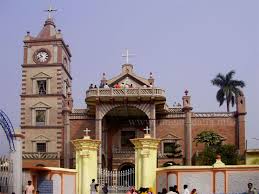 Almost a century after Vasco da Gama reached the west coast of India, the Portuguese started making inroads into Bengal. By 1599, they had settled in and around the present-day Hooghly district and built the church that after being modified several times is now known as the BandelChurch. According to some historians, the church and monastery had been built in 1660 by Gomez de Soto with the keystone of the old church.
Almost a century after Vasco da Gama reached the west coast of India, the Portuguese started making inroads into Bengal. By 1599, they had settled in and around the present-day Hooghly district and built the church that after being modified several times is now known as the BandelChurch. According to some historians, the church and monastery had been built in 1660 by Gomez de Soto with the keystone of the old church.
Legend has it that in 1660, a Portuguese ship whose sail was torn in a storm drifted into the river and ended up in Bandel. During the storm, the ship’s captain had pledged to offer the main mast of the ship to the first church he sighted. The captain kept his word and the mast can still be seen in the compound of the Bandel Church.
One need not take a quite so hazardous route to Bandel now. Trains are available from both Howrah and Sealdah stations to Bandel round the clock. The church is a short, bumpy rickshaw ride away from the station.
An arched gateway forms the main entrance of the church. A statue of Mary, with baby Jesus, on a boat is installed atop the gate.
Take the stairs to the top balcony, where devotees light candles in front of “Our Lady of the Happy Voyage”. The balcony provides a spectacular view of the JubileeBridge across the Hooghly. The bridge, which was built in 1887 to mark the golden jubilee of Queen Victoria’s reign, is one of the oldest operational rail bridges in the world.
The main altar houses the statue of Our Lady of Holy Rosary. The other two altars contain statues of Jesus and St John Bosco. The complex contains statues of several saints, apart from a graveyard and the mast.
The Imambara is the other landmark of Bandel. Imambara literally means the residence of the Imam, but in the local context, the word stands for a house or an assembly hall built by the Shiites for observing the Muharram. The imposing structure was built in the memory of philanthropist Hazi Mohammad Mohsin over 20 years. It was completed in 1861.
Designed by architect Keramtulla Khan, the two-storied building is surrounded by a courtyard with a fountain and a pool. Two 85ft-high towers dominate the structure. Each tower has a flight of 152 stairs and offers a panoramic view of the river, including the Jubilee Bridge. A three-storey structure connecting the towers contains a clock on the top floor. The lower floors contain the bells and the clock machinery. These are restricted for visitors. A room at the far end of the courtyard contains beautiful chandeliers and religious artefacts. The courtyard at the back contains a sundial. The Imambara is not being maintained well — the fountain has long stopped working and the water in the pool has turned green. But the clock sounds a gong every quarter of an hour, reminding everyone around of the glorious days of Bandel.
How to go ?
Bandel is 43km from Calcutta and easily accessible by road. Take Belghoria Expressway and then National Highway 2. The drive will take about an hour. Local trains are available to Bandel from both Howrah and Sealdah throughout the day. Move around in rickshaws within Bandel.
Where to stay ?
A day trip is the best option. You can spend the night in a hotel on G.T.Road or a lodge near the church.

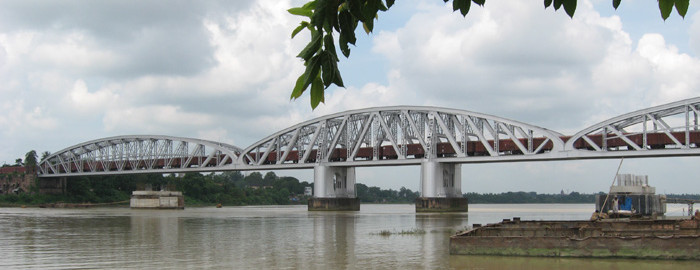
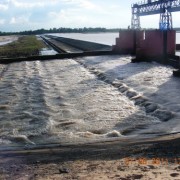
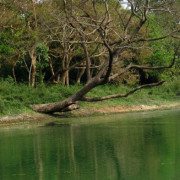
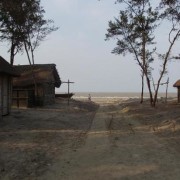
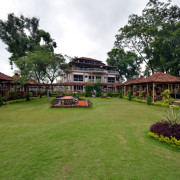
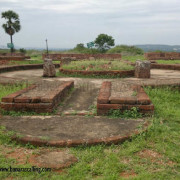
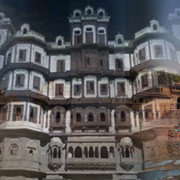
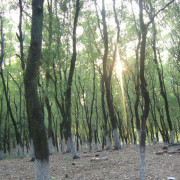
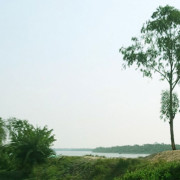


Leave a Reply
Want to join the discussion?Feel free to contribute!